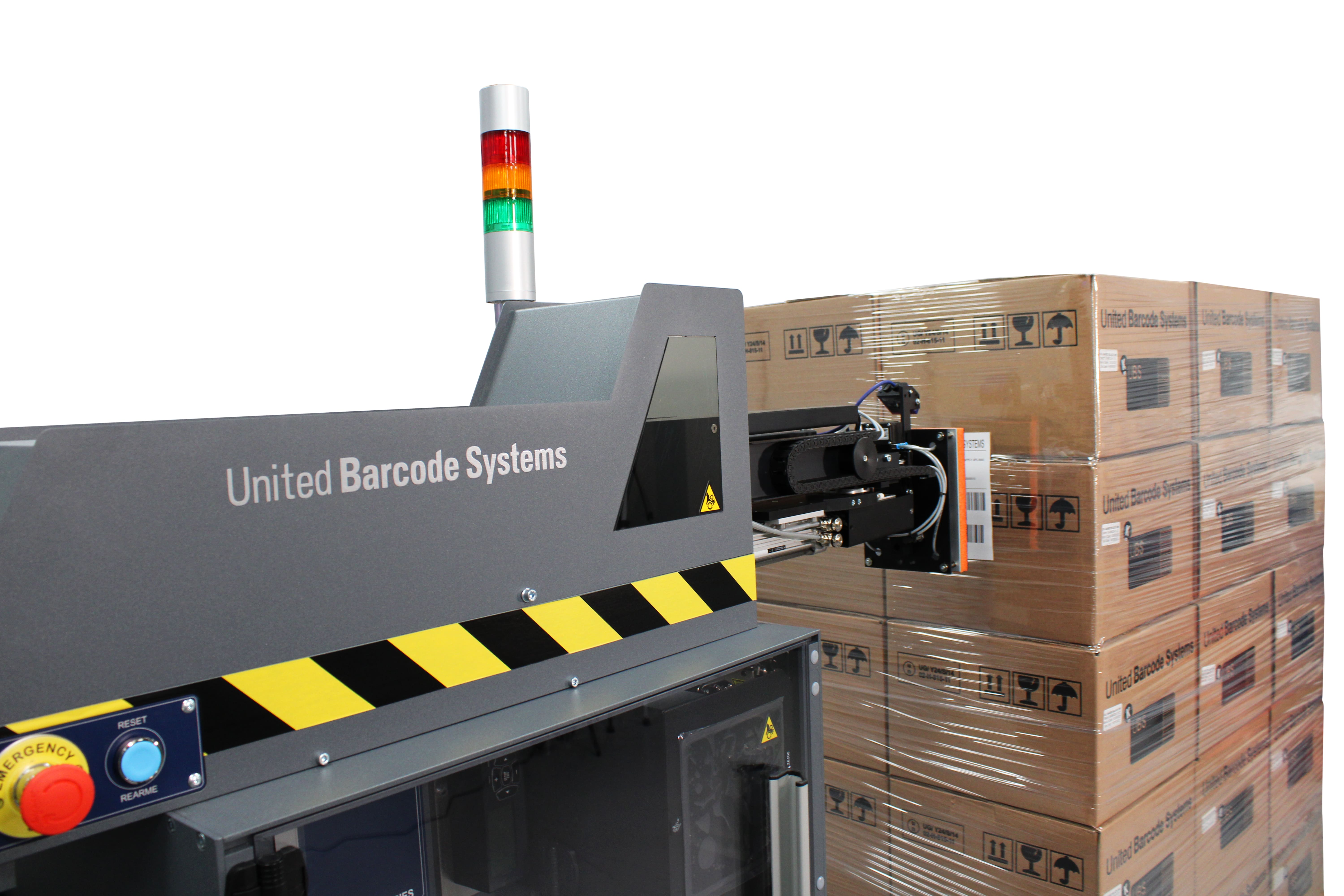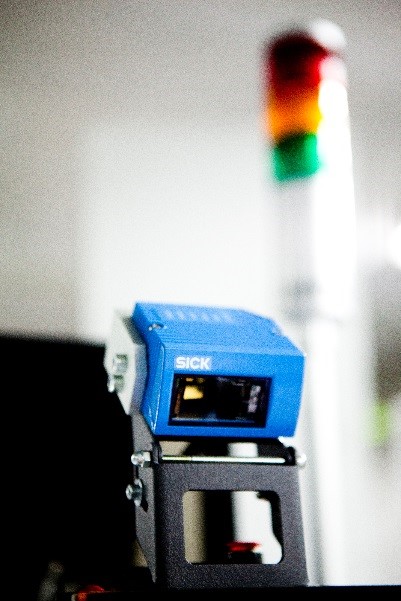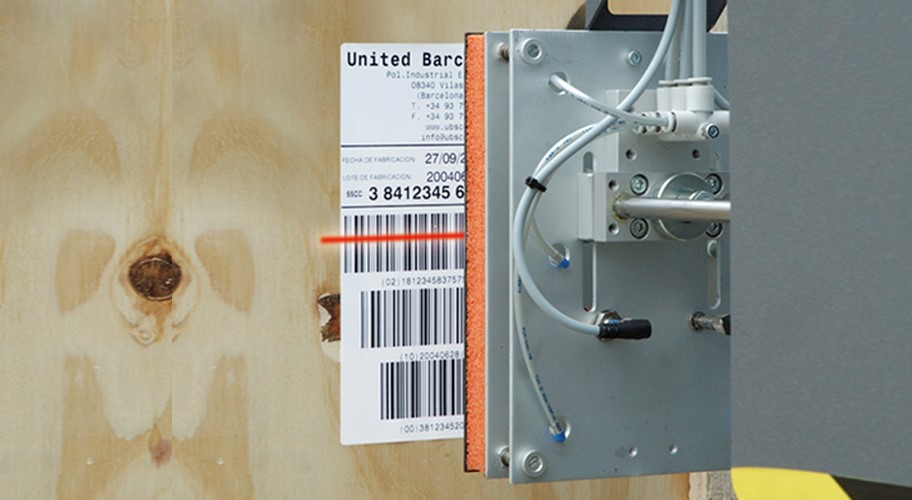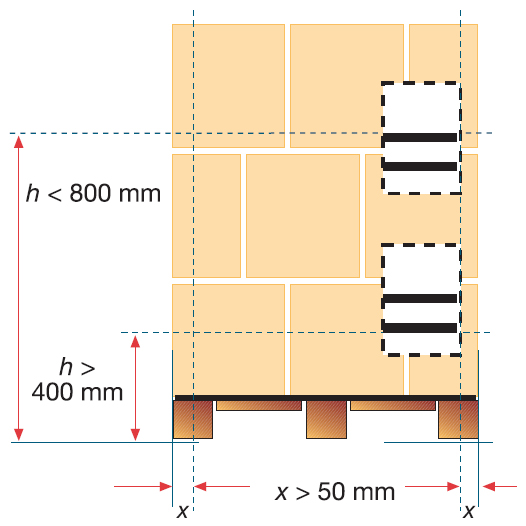Structure of the pallet label
The label for GS1 pallets includes two main sections. The optional top sections include shipping information relating to the sender and recipient.
The structure is open-ended and can include information on the company, though this is not mandatory.
The bottom section includes an explanation (text) legible to the human eye of the information from the label and the representation in barcode form of that information.
The SSCC (GS1-128 Serial Shipping Container Code) is the only required barcode, which is included with the GTIN the lot number, expiration date, and other relevant information relating to the products contained within the logistic unit.

The barcode symbols must include information (text) legible to the human eye under the barcode.

Optional label information
The optional information on the label included in the GS1-128 barcode includes different types of information. GS1 standards assign an application identifier to each code, and the data in the barcode are separated by identifiers in parentheses.
GTIN data, for example, are preceded by (01).
For pallets which include trade items, generally the identifiers 02 (GTIN of the box) and 37 (number of boxes) are used for incomplete pallets, thereby identifying the type of product and quantity of items on the pallet. This allows the recipient to register receipt of the pallet without having to disassemble it and count the merchandise received.
| Information | Application identifier (AI) | Format | Data |
| GTIN | 01 | n2 + N14 | GTIN |
| GTIN of products contained in a logistic unit | 02 (Always with AI 37) | N2 + N14 | CONTENT |
| count elements contained in a logistic unit | 37 (Always with AI 02) | N2 + N.8 | COUNT |
| lot number | 10 | N2 + AN.20 | LOT |
| best before date | 15 | N2 + N6 | SOLD BY |
| expiration date | 17 | N2 + N6 | EXPIRATION |
Size of the label
While different sizes are permitted for logistics labels, GS1 does not recommend use of any size smaller than A6. Smaller labels mean smaller barcodes, making the labels more to difficult to read using a barcode reader and more vulnerable to environmental damage.
If space on the logistic unit so allows, it is recommended that A5 labels be used, both in vertical and horizontal format.


Placement of labels on the pallet
Precise placement of GS1 logistics labels on the pallets depends on the shape and weight of the products on the pallet, on whether the stacked pallets have different shipping units, and on whether the products or the finished pallet are wrapped.
Location of the symbol on the pallets

Pallets less than 40 cm high:
As high as possible, without negatively affecting the height of the symbol, and more than 50 mm from the vertical edge, including the empty margins.
Pallets more than 40 cm high:
At a height of between 400 and 800 mm from the base of the pallet, and more than 50 mm from the vertical edge.
It is best practice to avoid placing labels along the bottom edge of the package.
Labels placed there are more exposed to environmental damage during transport.
More importantly, the fork of the pallet truck will prevent the operator from scanning a label once the pallet truck picks up the pallet.
Source: Here

